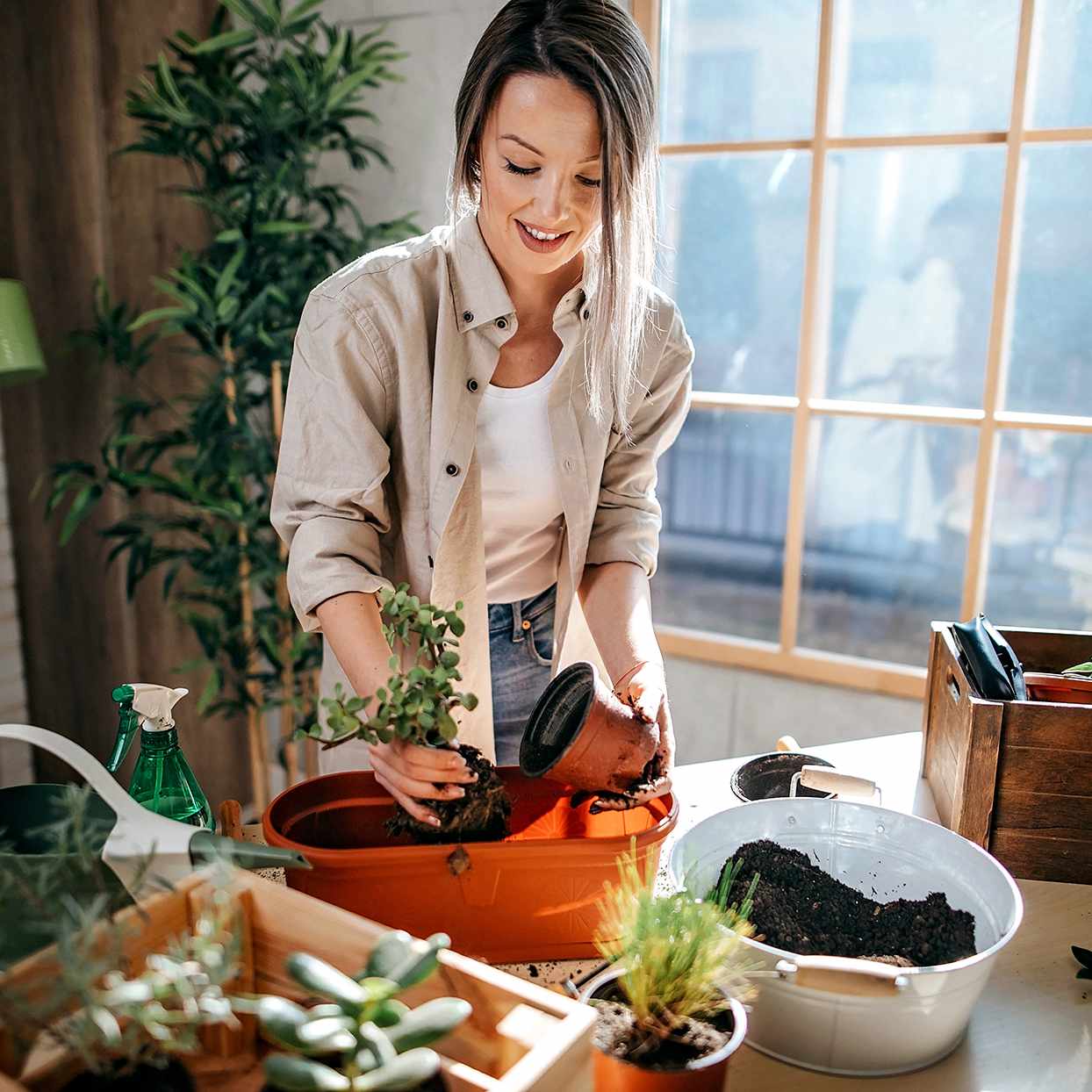

Articles
How To Start An Indoor Garden For Beginners
Modified: January 18, 2024
Learn how to start an indoor garden for beginners with informative articles that provide step-by-step guidance and helpful tips.
(Many of the links in this article redirect to a specific reviewed product. Your purchase of these products through affiliate links helps to generate commission for Storables.com, at no extra cost. Learn more)
Introduction
Indoor gardening has become increasingly popular among beginners, offering a variety of benefits, from creating a beautiful and relaxing space to improving air quality. Whether you live in an apartment with limited outdoor space or simply want to bring a touch of nature into your home, starting an indoor garden is a rewarding and fulfilling endeavor.
With the right knowledge and a little bit of planning, anyone can start their own indoor garden, regardless of their level of gardening experience. In this article, we will guide you through the process of setting up an indoor garden for beginners, covering everything from choosing the right location to selecting the perfect plants and providing them with the necessary care.
Indoor gardening not only allows you to surround yourself with greenery but also provides a range of mental and physical health benefits. Having plants indoors can reduce stress levels, improve mood, and promote a sense of well-being. In addition, indoor plants help purify the air by removing toxins and releasing oxygen, contributing to a healthier indoor environment.
Now that you’re aware of the numerous advantages of indoor gardening, let’s dive deeper into the process of starting your very own indoor oasis. Don’t worry if you’re a beginner – this guide will provide you with all the essentials and expert tips to get you on your way to becoming a successful indoor gardener.
Key Takeaways:
- Indoor gardening offers a multitude of benefits, including stress reduction, improved air quality, and year-round gardening. By selecting the right plants and providing proper care, anyone can create a thriving indoor oasis.
- Troubleshooting common problems, such as yellowing leaves, leggy growth, and pest infestations, is essential for maintaining a healthy indoor garden. With proactive care and attention, indoor gardening can be a fulfilling and rewarding experience.
Read more: How To Start An Indoor Garden
Benefits of Indoor Gardening
There are countless benefits to starting an indoor garden, making it a fantastic hobby for beginners and experienced gardeners alike. Let’s explore some of the key advantages of indoor gardening:
- Enhanced Indoor Environment: Indoor plants act as natural air purifiers, removing toxins and improving air quality. They release oxygen and increase humidity, creating a healthier and more pleasant living space.
- Stress Reduction: Spending time around plants has been shown to reduce stress levels and promote relaxation. Indoor gardens provide a peaceful retreat from the demands of daily life.
- Improved Concentration and Productivity: Studies have found that the presence of plants in the workspace enhances focus, creativity, and productivity. Adding greenery to your indoor environment can help you stay engaged and motivated.
- Connection with Nature: Indoor gardening allows you to bring a piece of the natural world into your home. Nurturing plants and observing their growth can provide a sense of connection to the outdoors, especially for those who live in urban environments.
- Decorative Element: Indoor plants are a great way to enhance the aesthetics of any space. With a wide variety of foliage colors, shapes, and sizes available, you can create stunning displays that complement your home decor.
- Year-round Gardening: Indoor gardening allows you to cultivate plants throughout the year, regardless of the season. This means you can enjoy the benefits of fresh herbs, vegetables, or flowers even in the coldest months.
- Education and Learning: For beginners, indoor gardening provides a valuable opportunity to learn about plant care, botany, and the natural world. It can be a fun and educational experience for both children and adults.
- Sustainable Living: Growing your own indoor garden encourages sustainable living by reducing your carbon footprint. By cultivating your own herbs and vegetables, you can contribute to a more self-sufficient and environmentally friendly lifestyle.
With these wonderful benefits in mind, it’s easy to see why so many people are drawn to indoor gardening. Now, let’s move on to the practical steps of setting up your indoor garden.
Choosing the Right Location
When it comes to indoor gardening, selecting the right location for your plants is crucial. The ideal location will provide the necessary light and temperature conditions for your plants to thrive. Here are some factors to consider when choosing the right location for your indoor garden:
- Sunlight Exposure: Most plants require a significant amount of sunlight to grow successfully. Look for a spot in your home that receives ample natural light throughout the day. South-facing windows tend to provide the brightest light, while east or west-facing windows offer moderate light levels. If you have limited access to natural light, you can supplement it with artificial grow lights.
- Temperature and Humidity: Plants have specific temperature and humidity requirements to ensure their optimal growth. It’s important to choose a location that maintains a consistent temperature range of 60-75°F (15-24°C) and provides adequate humidity. Avoid placing plants near drafts or heating/cooling vents that can create temperature fluctuations.
- Space Availability: Consider the available space in your home and select a location that accommodates the size and growth habits of your plants. Ensure that there is enough room for plants to spread out and receive proper airflow. Some plants may require vertical space, so plan accordingly.
- Avoidance of Hazards: Keep your plants away from potential hazards such as radiators, fireplaces, or any appliances that generate heat. Avoid placing them in high-traffic areas where they may be knocked over or damaged accidentally.
- Accessibility: Choose a location that is easily accessible for watering, pruning, and general plant care. It should be convenient for you to regularly check on your plants and provide them with the necessary attention.
- Aesthetics: Consider the visual appeal of the location. Indoor plants can act as decorative elements and enhance the ambiance of your home. Choose a spot that allows your plants to be showcased and enjoyed by both yourself and guests.
Remember that each plant has its own specific light and temperature requirements. Take the time to research the needs of the plants you’ll be growing, and select a location that can meet those requirements. By providing the right environment, you’ll set the stage for healthy and thriving indoor plants.
Selecting the Plants
Choosing the right plants for your indoor garden is an exciting and crucial step. It’s important to select plants that align with your gardening goals, available space, and level of experience. Here are some factors to consider when selecting plants for your indoor garden:
- Light Requirements: Assess the amount of natural light in your chosen location and match it with the light requirements of the plants you want to grow. Some plants thrive in bright, direct sunlight, while others prefer low-light conditions. Make sure the plants you choose can thrive in the available light.
- Space and Size: Consider the available space in your indoor garden and the size of the plants at maturity. Choose plants that won’t overcrowd the space and will have enough room to grow and spread out their foliage or roots. If space is limited, opt for compact varieties or plants suitable for hanging or vertical gardens.
- Watering Needs: Different plants have varying watering requirements. Some plants prefer moist soil, while others prefer to dry out between waterings. Consider your ability to maintain consistent watering habits and choose plants that match your watering routine.
- Maintenance Level: Assess your level of gardening experience and the amount of time you can dedicate to plant care. Some plants require more attention, including regular pruning, fertilizing, and repotting. Choose plants that align with your lifestyle and available time for maintenance.
- Purpose and Preferences: Determine the purpose of your indoor garden. Are you looking to grow herbs for cooking, add some color with flowering plants, or create a calming atmosphere with green foliage? Take into account your personal preferences and the benefits you want to gain from your indoor garden.
- Consider Plant Compatibility: When choosing multiple plants for your indoor garden, consider their compatibility in terms of light, humidity, and water requirements. Group plants with similar needs together to ensure they thrive in a harmonious environment.
- Research and Consult: Before purchasing plants, conduct research to familiarize yourself with their care requirements. Consult with local plant nurseries or seek advice from experienced gardeners to get recommendations on suitable plants for indoor cultivation.
Some popular choices for indoor plants include pothos, spider plants, peace lilies, succulents, and herbs like basil and mint. Remember to read and follow the care instructions provided with each plant to ensure their success in your indoor garden.
By selecting the right plants for your indoor garden, you can create a thriving and visually pleasing space that brings joy and benefits to your home.
Essential Tools and Supplies
Having the right tools and supplies is essential for successful indoor gardening. These items will help you plant, maintain, and care for your indoor garden effectively. Here are some essential tools and supplies you’ll need:
- Pots and Containers: Choose pots or containers that provide adequate drainage to prevent waterlogging. Select containers with the appropriate size and material for your plants, considering their growth habits and aesthetic appeal.
- Potting Mix: Use a high-quality potting mix specifically formulated for indoor plants. This type of soil provides essential nutrients, aeration, and drainage for healthy root development and growth.
- Watering Can or Spray Bottle: Invest in a watering can or spray bottle for gently watering your plants. The size should be suitable for your indoor garden, allowing you to control the amount of water released.
- Gardening Gloves: Protect your hands from cuts, dirt, and potential allergens by wearing gardening gloves. Opt for gloves that are comfortable, durable, and suited for indoor gardening tasks.
- Garden Shears or Pruners: Trim and prune your indoor plants with precision using garden shears or pruners. These tools are essential for maintaining the shape and health of your plants.
- Plant Labels: Keep track of your plants by labeling them. Use plant labels or markers to identify the type, variety, or care instructions for each plant. This will help you remember their specific needs.
- Fertilizer: Depending on the plants you grow, you may need a suitable indoor plant fertilizer. Choose a balanced fertilizer or one formulated specifically for the type of plants you have.
- Plant Support: Some indoor plants, like climbing vines or tall flowers, may require support. Use stakes, trellises, or plant supports to help them grow upright and stay balanced.
- Cleaning Supplies: Keep your indoor garden clean and free from dust and debris. Use a soft cloth or sponge, along with mild cleaning solutions, to wipe down leaves and containers as needed.
- Protective Tray or Saucer: Place your pots on a protective tray or saucer to catch excess water that drains from the pots. This prevents water damage to your surfaces and helps maintain a tidy indoor gardening space.
Investing in these essential tools and supplies will make your indoor gardening experience more enjoyable and efficient. Remember to clean and maintain your tools regularly to ensure their longevity and effectiveness.
Now that you have the necessary tools and supplies, let’s move on to an important aspect of indoor gardening – providing adequate lighting for your plants.
Read more: When To Start An Indoor Garden
Providing Adequate Lighting
One of the most critical aspects of successful indoor gardening is providing adequate lighting for your plants. Since they don’t have access to direct sunlight, it’s essential to supplement their light requirements to ensure proper growth and development. Here are some tips for providing adequate lighting for your indoor garden:
- Natural Light: Place your plants near windows with good exposure to natural light. South-facing windows typically provide the brightest light, while east or west-facing windows offer moderate light levels. Rotate your plants regularly to ensure even light distribution.
- Artificial Grow Lights: If you don’t have access to sufficient natural light, or if you want to supplement it, consider using artificial grow lights. LED or fluorescent grow lights are commonly used for indoor gardening. Position the lights according to the specific light requirements of your plants and adjust their height as the plants grow.
- Light Duration: Indoor plants typically require 12-16 hours of light per day. Use a timer to ensure consistent and appropriate light duration. Mimicking the natural daylight cycle will help promote healthy growth and prevent issues like leggy or unhealthy plants.
- Light Intensity: Different plants have varying light intensity requirements. Some plants thrive in bright, direct light, while others prefer lower light levels. Place light-sensitive plants closer to the light source, while shade-tolerant plants can be positioned farther away.
- Monitor Light Levels: Pay attention to the light levels your plants receive by observing their growth and appearance. If your plants are stretching towards the light or showing signs of poor growth, it may indicate insufficient light. Conversely, if they show signs of burn or bleaching, it may indicate excessive light. Adjust the light intensity and duration accordingly.
- Reflective Surfaces: Maximize light availability by placing reflective surfaces near your plants. White walls, mirrors, or reflective panels can help bounce light back onto the plants, increasing their overall light exposure.
Remember to research the specific light requirements of your plants and tailor your lighting setup accordingly. Finding the right balance of natural and artificial light will ensure healthy and thriving indoor plants.
Next, we’ll explore the importance of watering and moisture control in your indoor garden.
Start with easy-to-grow plants like herbs, succulents, or spider plants. Choose a sunny spot, use well-draining soil, and water regularly. Research each plant’s specific care needs for best results.
Watering and Moisture Control
Proper watering and moisture control are crucial for maintaining the health and vitality of your indoor garden. Overwatering or underwatering can lead to root rot, disease, and poor plant growth. Here are some essential tips for watering and moisture control in your indoor garden:
- Watering Frequency: The watering frequency varies for each plant depending on factors such as plant type, size, pot size, and environmental conditions. Before watering, check the moisture level of the soil by inserting your finger or a moisture meter into the soil. Water the plants only when the top inch of soil feels dry.
- Watering Techniques: Avoid overwatering by watering your plants thoroughly but allowing excess water to drain out from the drainage holes. Ensure that water reaches the root zone of the plant. Watering from the bottom by placing the pot in a tray of water can also be effective for certain types of plants.
- Moisture Retention: Help retain moisture in the soil by placing a layer of mulch on the soil surface. Mulch can be organic materials like bark chips or coconut coir. It prevents moisture evaporation and helps maintain a consistent moisture level in the soil.
- Humidity Control: Some plants, especially those native to tropical regions, require higher humidity levels. Increase humidity around your plants by misting them with water using a spray bottle, placing a tray of water nearby, or using a humidifier. Monitor the humidity level to ensure it falls within the preferred range for your plants.
- Avoid Standing Water: Ensure proper drainage by allowing excess water to flow freely from the pots. Standing water can lead to root rot and other root diseases. Empty the saucers or trays underneath the pots to prevent water accumulation.
- Monitor Plant Reactions: Observe how your plants respond to watering. Wilting or yellowing leaves may indicate underwatering, while yellowing or browning at the tips may indicate overwatering. Adjust your watering practices accordingly to meet the needs of each plant.
- Consistency and Routine: Establish a consistent watering routine for your indoor garden. This helps plants establish a healthy watering schedule and prevents under or overwatering due to sporadic watering habits.
Remember that every plant has different moisture requirements. Some plants prefer to dry out between waterings, while others prefer consistently moist soil. Research the specific watering needs of your plants and adjust your watering practices accordingly.
By following these watering and moisture control tips, you’ll help ensure the long-term health and success of your indoor garden.
Next, let’s explore the importance of using the right soil mix and fertilization for your indoor plants.
Proper Soil Mix and Fertilization
The right soil mix and proper fertilization are essential for providing your indoor plants with the necessary nutrients for healthy growth. The soil should provide a balanced mix of nutrients, good drainage, and aeration. Here are some tips for creating the proper soil mix and fertilizing your indoor plants:
- Choosing the Right Soil: Use a well-draining potting mix specifically formulated for indoor plants. Avoid using garden soil, as it can become compacted and hinder proper root growth. The ideal soil mix should be lightweight, retain moisture, and provide good airflow to the plant’s roots.
- Adding Organic Matter: Incorporate organic matter into the soil to improve its fertility and structure. You can mix in compost, coconut coir, or well-rotted manure to enhance nutrient content and water-holding capacity.
- Fertilizer Selection: Choose a balanced, water-soluble fertilizer specifically formulated for indoor plants. Look for a fertilizer with a balanced ratio of nitrogen (N), phosphorus (P), and potassium (K). Additionally, select fertilizers that contain micronutrients to ensure all essential elements are provided to your plants.
- Timing and Frequency: Follow the instructions on the fertilizer packaging for the recommended timing and frequency of application. Indoor plants generally require less frequent fertilization compared to outdoor plants. Avoid over-fertilizing, as this can lead to salt build-up and damage the roots.
- Application Techniques: When applying fertilizer, dilute it according to the instructions and water the plants thoroughly with the solution. Alternatively, you can use slow-release fertilizers that gradually release nutrients over time. Be cautious not to get fertilizer on the leaves as this can cause burning.
- Observing Plant Nutrient Needs: Monitor your plants for signs of nutrient deficiencies or excesses. These signs may include yellowing leaves, stunted growth, or poor flowering. Adjust your fertilization routine or consult a gardening expert if you notice any nutrient-related issues.
- Seasonal Adjustments: Plants have different nutrient demands during their growth cycles. Adjust your fertilization routine based on the seasonal needs of your indoor plants. Reduce or eliminate fertilization during periods of dormancy or when growth slows down.
- Organic Fertilizer Options: If you prefer organic options, use organic fertilizers like compost tea, seaweed extract, or worm castings. These naturally derived fertilizers enrich the soil and provide nutrients in a gentle and sustainable manner.
Remember to follow the recommended dosage and application instructions provided by the manufacturer. Overfertilization can damage plants, while underfertilization can lead to nutrient deficiencies. Finding the right balance will help your indoor plants thrive.
By providing the proper soil mix and fertilizing your indoor plants, you’ll ensure they receive the necessary nutrients for strong growth and vibrant foliage.
Next, let’s explore the importance of selecting the right containers and the need for repotting in an indoor garden.
Container Selection and Repotting
Choosing the right containers for your indoor plants and knowing when to repot them are essential for their overall well-being and growth. The containers you choose should provide adequate space for the roots, proper drainage, and complement the aesthetics of your indoor garden. Here’s what you need to know about container selection and the repotting process:
- Container Size: Choose a container that allows ample space for the plant’s roots to grow. If the pot is too small, the roots can become root-bound and hinder the plant’s growth. Conversely, a pot that is too large can cause excess moisture retention and lead to root rot. As a general guideline, select a pot that is 1-2 inches larger in diameter than the current pot.
- Drainage Holes: Ensure that the containers have drainage holes at the bottom to allow excess water to escape. This prevents waterlogging and helps maintain the proper moisture level in the soil.
- Material: Containers are available in various materials such as terra cotta, ceramic, plastic, or fabric. Each material has its advantages and considerations. Terra cotta pots provide good airflow but can dry out quickly. Ceramic pots are more decorative but can retain moisture. Plastic pots are lightweight and retain moisture better. Fabric pots allow for good drainage and air circulation.
- Repotting Signs: Look for clues that indicate it’s time to repot your indoor plants. These signs include roots emerging from the drainage holes, the plant becoming top-heavy and unstable, or the soil drying out quickly after watering. Additionally, if the plant hasn’t shown significant growth or is exhibiting nutrient deficiencies, it may benefit from repotting.
- Repotting Process: When repotting, gently remove the plant from its current container, taking care not to damage the roots. Loosen any compacted roots and prune any overly long or damaged roots. Place the plant in the new pot, filling in with fresh potting mix around the root ball. Gently firm the soil and water thoroughly.
- Timing: The best time to repot indoor plants is typically during the spring or early summer when they are in an active growth phase. Avoid repotting during periods of dormancy or when the plants are stressed.
- Post-repotting Care: After repotting, monitor your plants closely and provide them with the appropriate care, including adequate watering and light. Avoid fertilizing for a few weeks to allow the roots to acclimate to the new soil environment.
- Regular Maintenance: Check the condition of your plants and their pots periodically. If you notice roots circling around the pot or the plant becoming root-bound, it’s time to consider repotting again. Repotting every 1-2 years or as needed will ensure the continued health and vitality of your indoor plants.
Selecting the right containers and repotting when necessary will provide your indoor plants with the proper growing environment and help prevent issues associated with crowded or compacted roots.
Now that your indoor plants are settled in their containers, let’s explore the importance of proper pruning and pest prevention to keep them thriving.
Read more: How To Start A Indoor Garden
Pruning and Pest Prevention
Pruning your indoor plants and implementing preventive measures against pests are integral to maintaining their health and promoting optimal growth. Pruning helps shape the plants, remove dead or diseased parts, and stimulate new growth. Effective pest prevention ensures that your plants remain pest-free and can thrive in a pest-free environment. Here’s what you need to know about pruning and pest prevention for your indoor garden:
- Basic Pruning Techniques: Regularly inspect your plants for dead or yellowing leaves, stems, or flowers. Use clean, sharp pruning shears or scissors to trim these parts, making clean cuts just above a node or leaf. Pruning also helps maintain the shape and size of your plants.
- Promoting Bushier Growth: To encourage bushier growth, pinch or trim the tips of branches or stems. This stimulates lateral bud development and results in a fuller, more compact plant.
- Remove Pest-Infested Parts: Prune and remove any parts of the plant that show signs of pest infestation. Isolate the affected plant to prevent the pests from spreading to other plants. Dispose of the infested parts properly to prevent further contamination.
- Regular Cleaning: Keep your indoor garden clean by removing fallen leaves, debris, and any dead plant material. This helps prevent the buildup of pests, such as fungus gnats or mealybugs, and minimizes the risk of diseases.
- Pest Identification: Familiarize yourself with common indoor plant pests such as aphids, spider mites, and scale insects. Regularly inspect your plants for signs of infestation, such as sticky residue, webbing, or distorted growth. Early detection is key to effective pest control.
- Natural Pest Control: Implement natural pest control methods as the first line of defense. This includes manually removing pests, using insecticidal soaps, or spraying with a mixture of water and neem oil. Avoid using harsh chemical pesticides that can harm beneficial insects or disrupt the ecological balance.
- Maintaining Good Air Circulation: Adequate air circulation around your plants helps deter pests and keeps the foliage dry, reducing the risk of fungal diseases. Avoid overcrowding plants and ensure there is enough space between them for proper airflow.
- Quarantine New Plants: When introducing new plants to your indoor garden, isolate them for a period of time. This allows you to monitor for any signs of pests or diseases before they can spread to your existing plants.
- Regular Monitoring: Continuously monitor your indoor garden for any signs of pest reinfestation or disease. Catching and addressing issues early on will help prevent them from spreading and causing extensive damage.
By regularly pruning your indoor plants and implementing preventive measures, you can ensure their overall health and minimize the risk of pest infestations and diseases.
Now that you’re equipped with pruning and pest prevention knowledge, let’s address common problems in indoor gardening and how to troubleshoot them.
Troubleshooting Common Problems
While indoor gardening can be a rewarding experience, it’s not uncommon to encounter some challenges along the way. However, with a little troubleshooting and proactive care, you can address common problems and ensure the health and vitality of your indoor garden. Here are some common issues and their respective solutions:
- Yellowing Leaves: Yellow leaves can indicate a range of issues, including overwatering, underwatering, nutrient deficiencies, or pest infestation. Evaluate your watering practices, adjust the watering frequency, and ensure proper drainage. Consider fertilizing your plants with a balanced fertilizer or addressing any pest issues.
- Leggy Growth: Leggy growth occurs when plants stretch out and become spindly due to insufficient light. Move your plants to a location with brighter light or provide artificial grow lights. Prune leggy stems to encourage bushier growth.
- Leaf Browning or Tips Turning Brown: Brown leaf tips indicate either underwatering, overfertilization, or low humidity levels. Adjust your watering routine, make sure to flush out excess fertilizer salts from the soil, and increase humidity by using a humidifier or misting your plants.
- Pests: Pest infestations, such as aphids, spider mites, or scale insects, can be tackled with natural pest control methods. Regularly inspect your plants, manually remove pests, rinse leaves with water, or use insecticidal soaps or neem oil sprays. Increase airflow and practice good sanitation to prevent pest buildup.
- Fungal Diseases: Fungal diseases, like powdery mildew or root rot, can occur if plants are exposed to high humidity, overwatering, or poor air circulation. Improve ventilation, avoid excessive watering, and apply appropriate fungicides or organic treatments to prevent or control fungal infections.
- Poor Growth or Lack of Flowering: Insufficient light, incorrect fertilization, or overcrowding can lead to poor growth or lack of flowering. Provide adequate lighting, follow a regular fertilization schedule with balanced nutrients, and ensure plants have enough space for proper growth and airflow.
- Yellowing or Dropping Leaves: Excessive or inadequate watering, temperature extremes, or sudden changes in environmental conditions can cause leaves to yellow or drop. Adjust your watering practices, maintain a stable temperature, and avoid placing plants near drafts or heaters.
- Root Bound Plants: If your plants exhibit stunted growth, roots emerging from drainage holes, or soil that dries out quickly, they may be root-bound. Repot the plants into larger containers, gently loosening the roots and providing fresh potting mix to encourage healthy root growth.
By troubleshooting and addressing these common problems promptly, you can keep your indoor garden healthy and thriving. Remember to be observant, maintain good plant care practices, and tailor your solutions to the specific needs of your plants.
With this troubleshooting knowledge, you’re well-equipped to overcome challenges and enjoy the rewarding experience of indoor gardening. Now, go forth and continue to nurture and enjoy the beauty of your indoor garden!
Do you have any further questions or need more guidance? I’m here to help!
Conclusion
Starting an indoor garden can be a fulfilling and rewarding endeavor, allowing you to bring a touch of nature into your home and enjoy the numerous benefits of indoor gardening. By following the steps outlined in this article, you can create a thriving indoor oasis that not only beautifies your living space but also provides cleaner air, reduces stress, and enhances your overall well-being.
In this guide, we discussed the importance of choosing the right location for your indoor garden, selecting suitable plants that thrive in your lighting conditions, and providing them with the necessary care. We explored the significance of providing adequate lighting, controlling moisture levels, choosing appropriate soil mixes, fertilizing properly, and selecting the right containers for your plants.
Furthermore, we covered essential practices such as pruning to shape and maintain plant health, implementing preventive measures to tackle common pests, and troubleshooting issues that may arise during the indoor gardening process. By being proactive and attentive, you can address these challenges and ensure the continued success of your indoor garden.
Remember, indoor gardening is a journey of learning and discovery. Each plant has its own unique needs, so take the time to research and understand the specific requirements of the plants you choose to cultivate. Experience the joy of watching your plants grow and flourish as you become more knowledgeable and confident in your indoor gardening skills.
Lastly, don’t forget to enjoy the process. Take moments to appreciate the beauty and tranquility that your indoor garden brings to your home. Whether you have a small collection of herbs on your kitchen windowsill or an entire room dedicated to greenery, your indoor garden will fill your space with life and create a peaceful sanctuary.
Now, armed with the knowledge and skills shared in this guide, it’s time to embark on your indoor gardening journey. Nurture your plants, watch them thrive, and create a serene and vibrant oasis right in the comfort of your own home. Happy gardening!
Frequently Asked Questions about How To Start An Indoor Garden For Beginners
Was this page helpful?
At Storables.com, we guarantee accurate and reliable information. Our content, validated by Expert Board Contributors, is crafted following stringent Editorial Policies. We're committed to providing you with well-researched, expert-backed insights for all your informational needs.
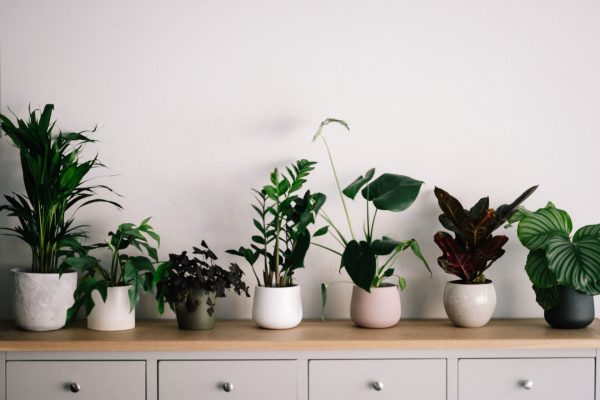
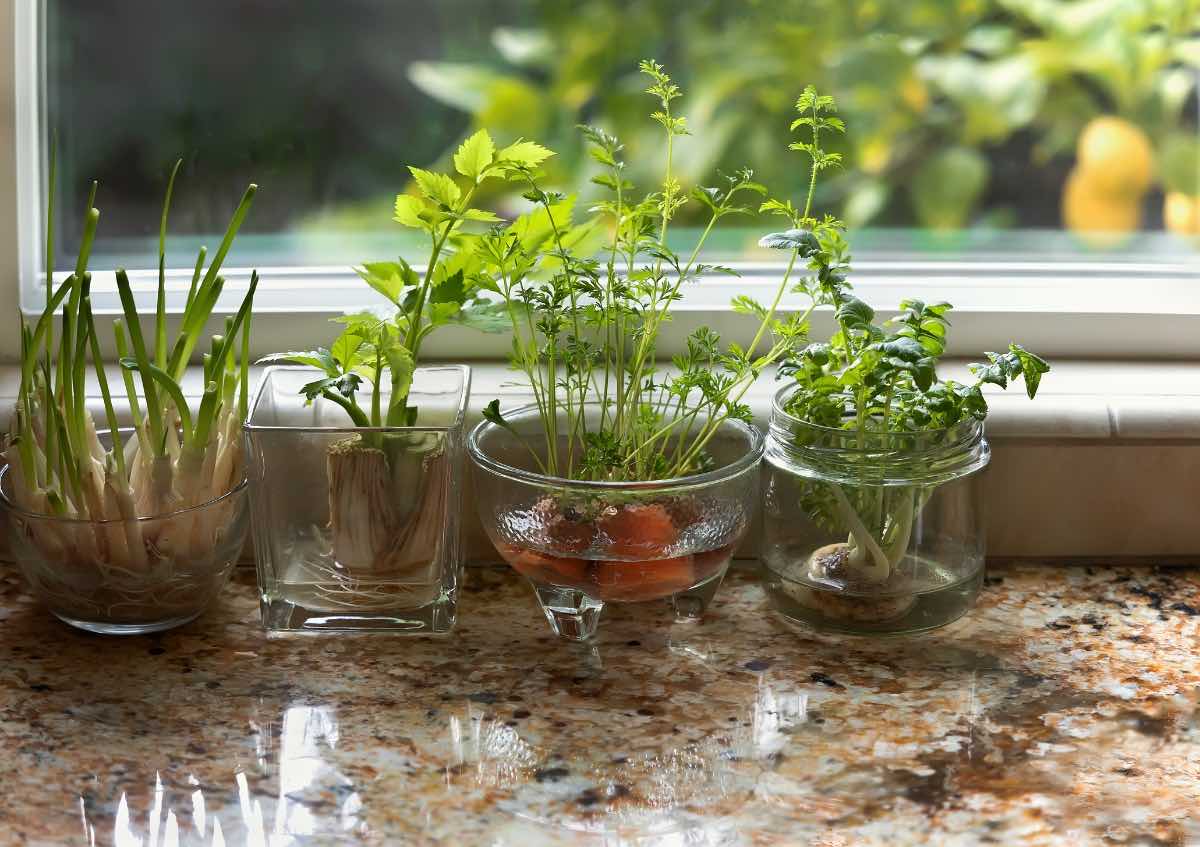
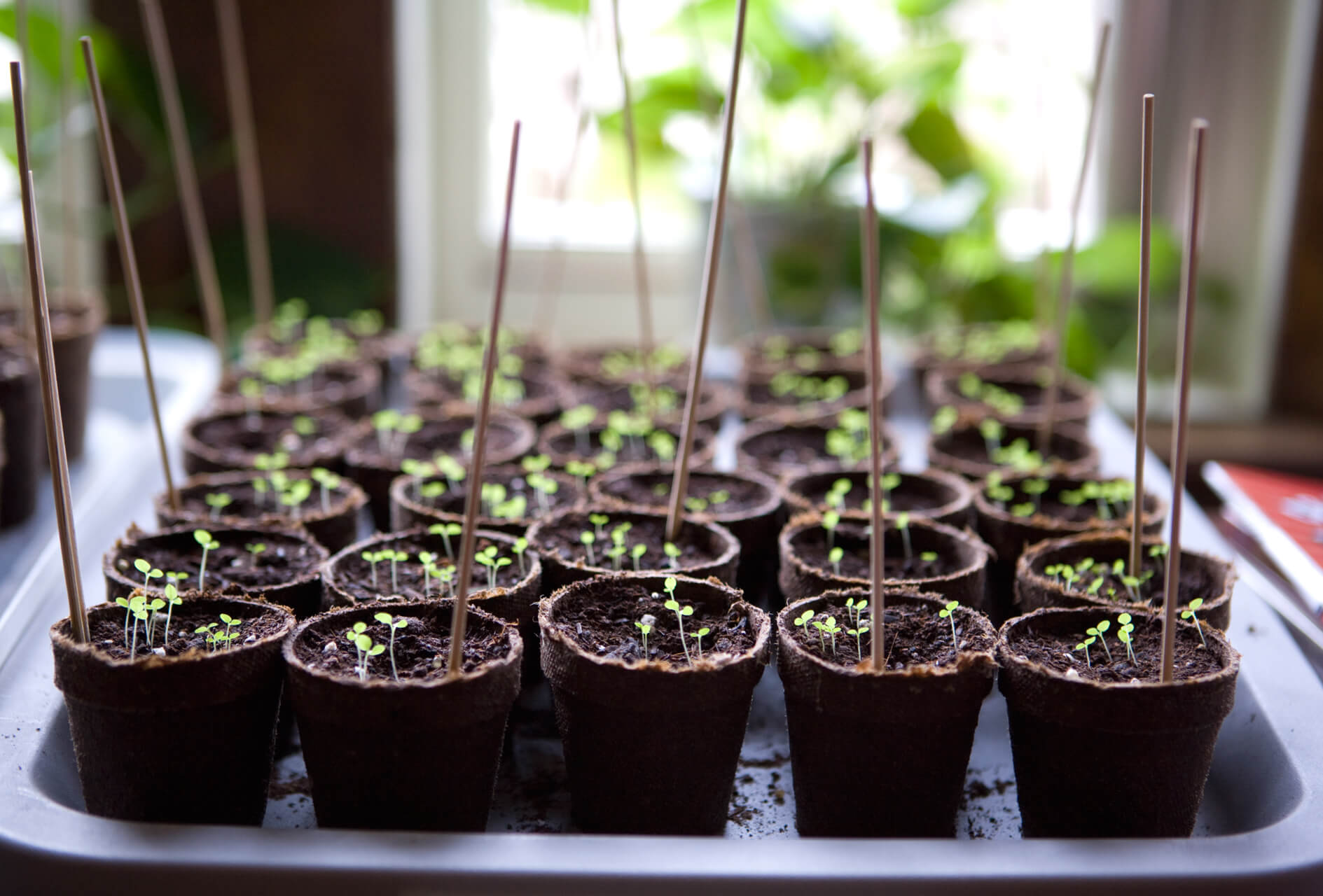
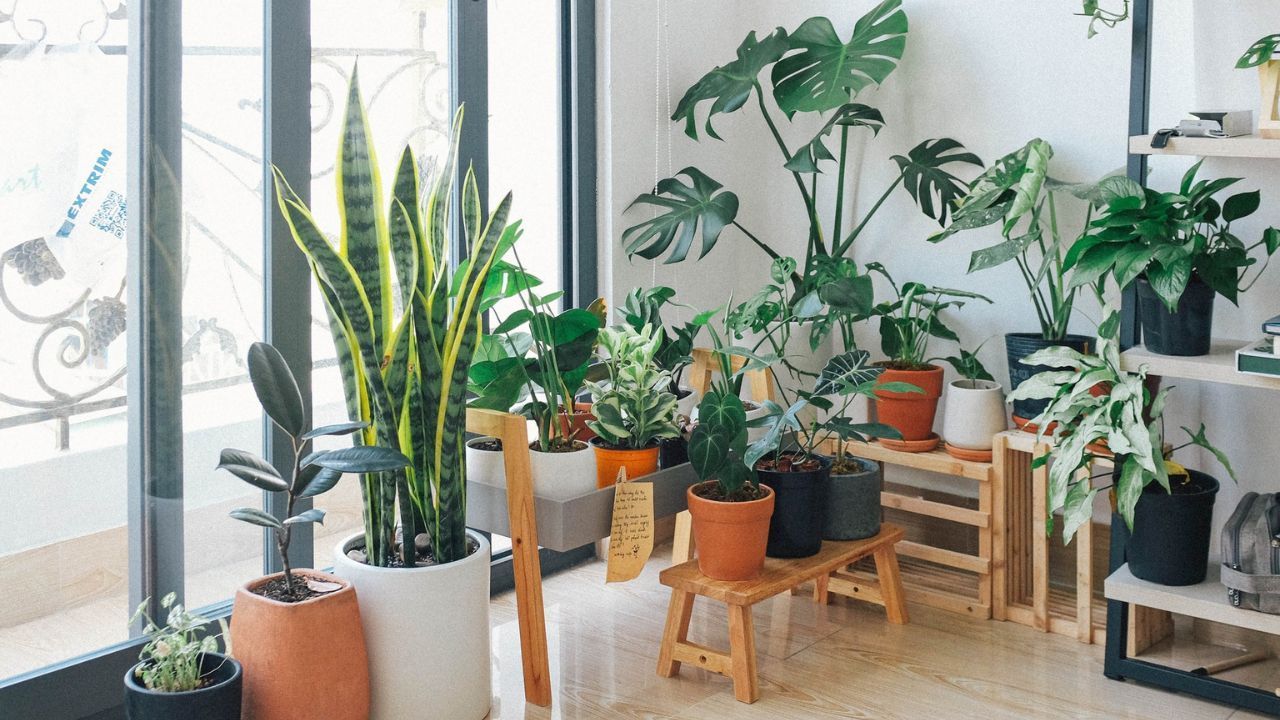
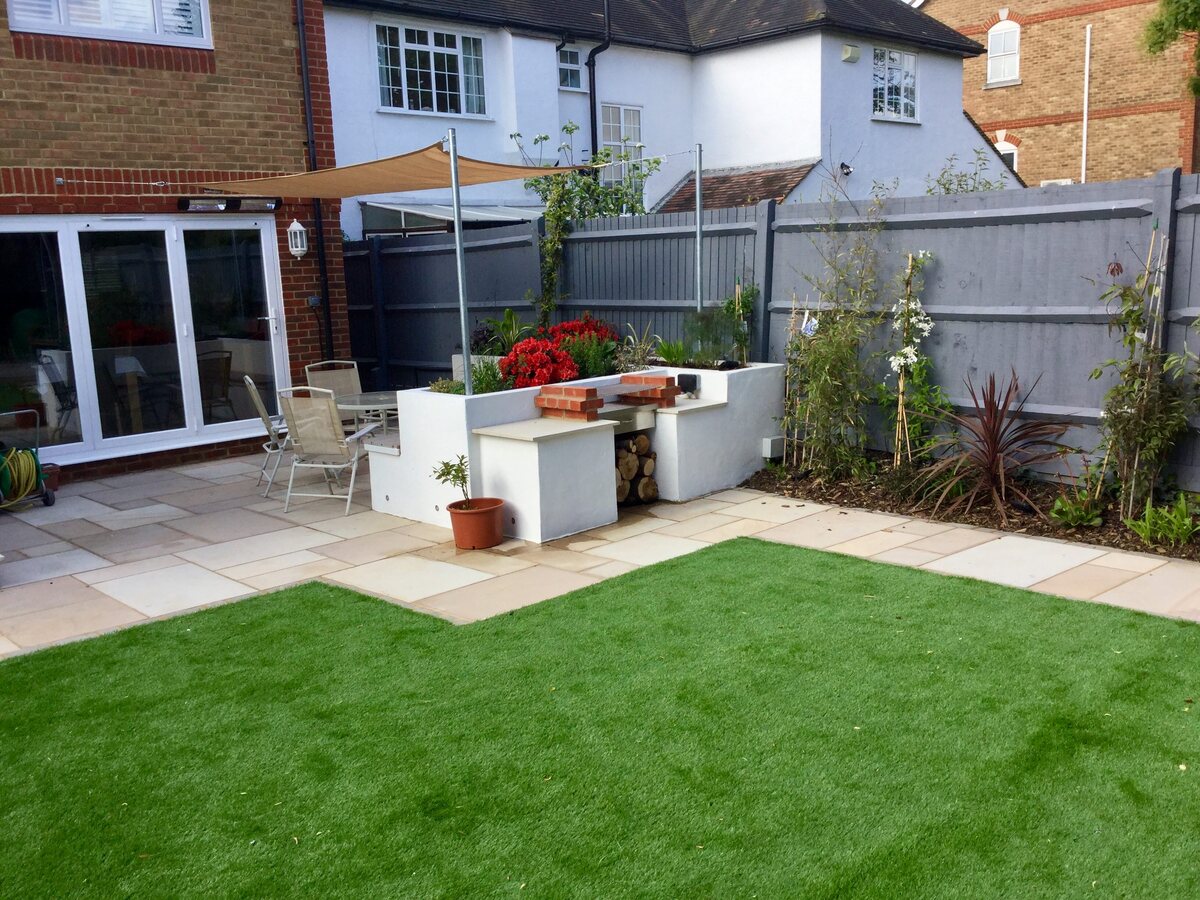
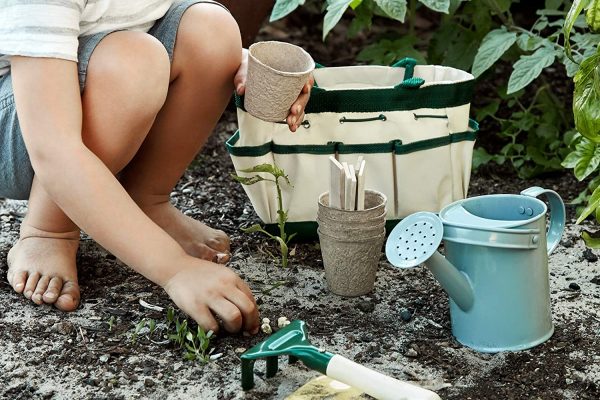
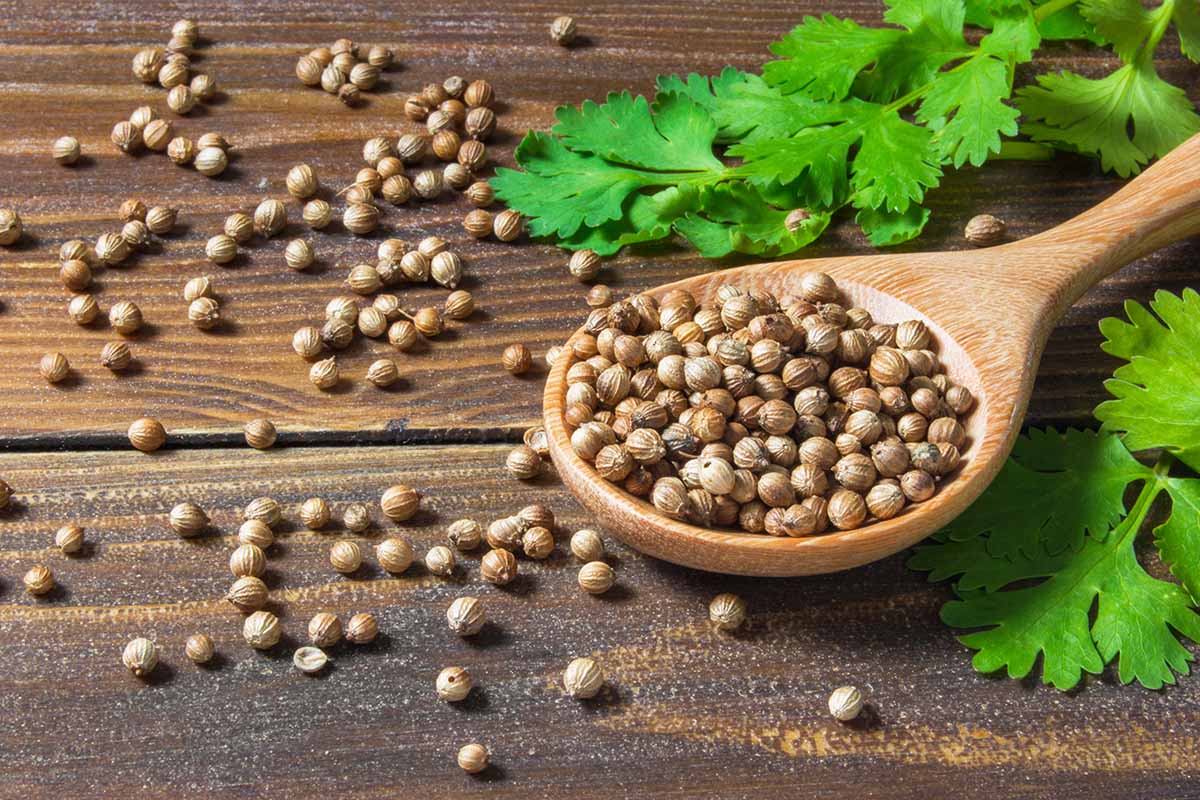
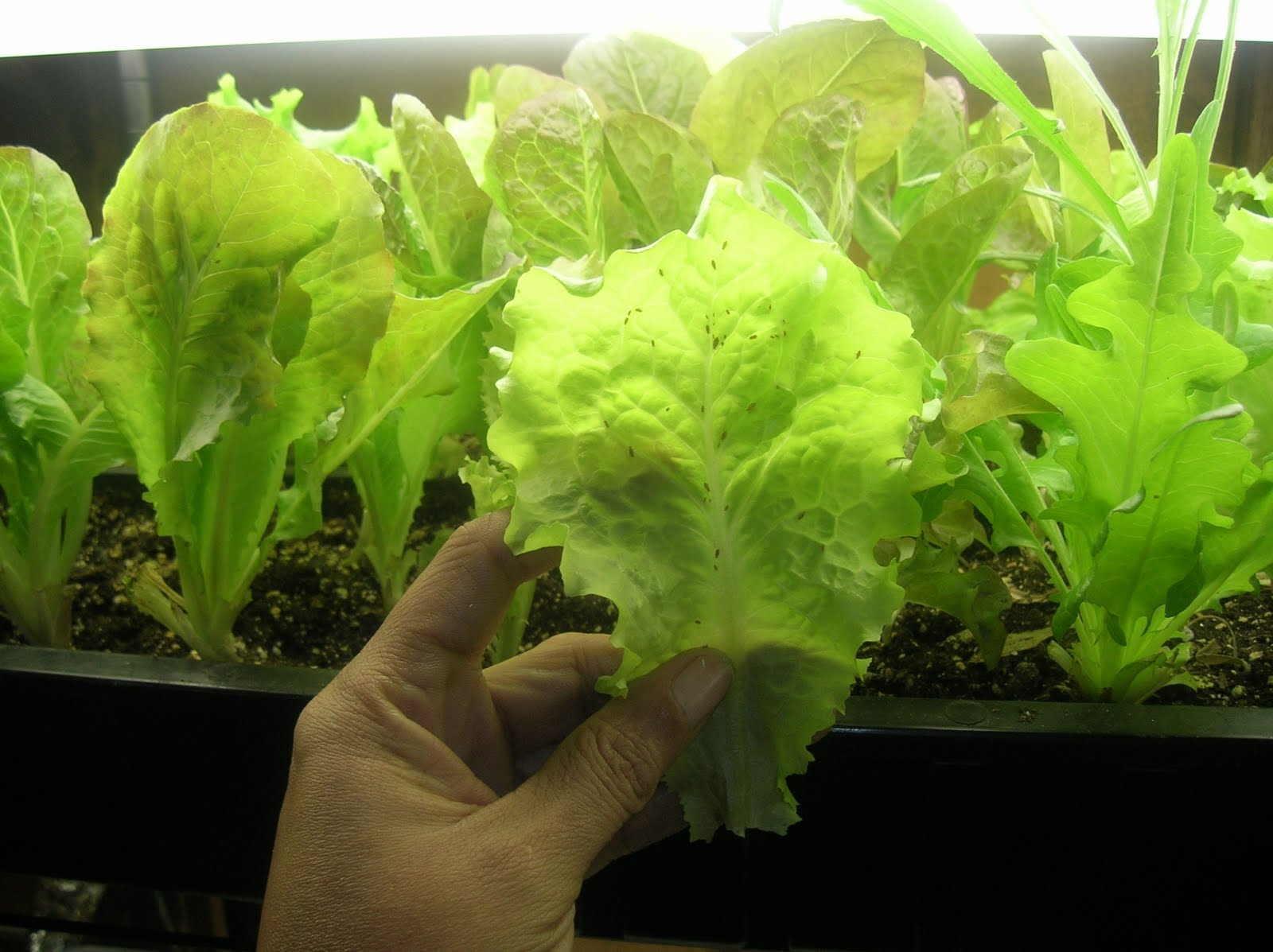
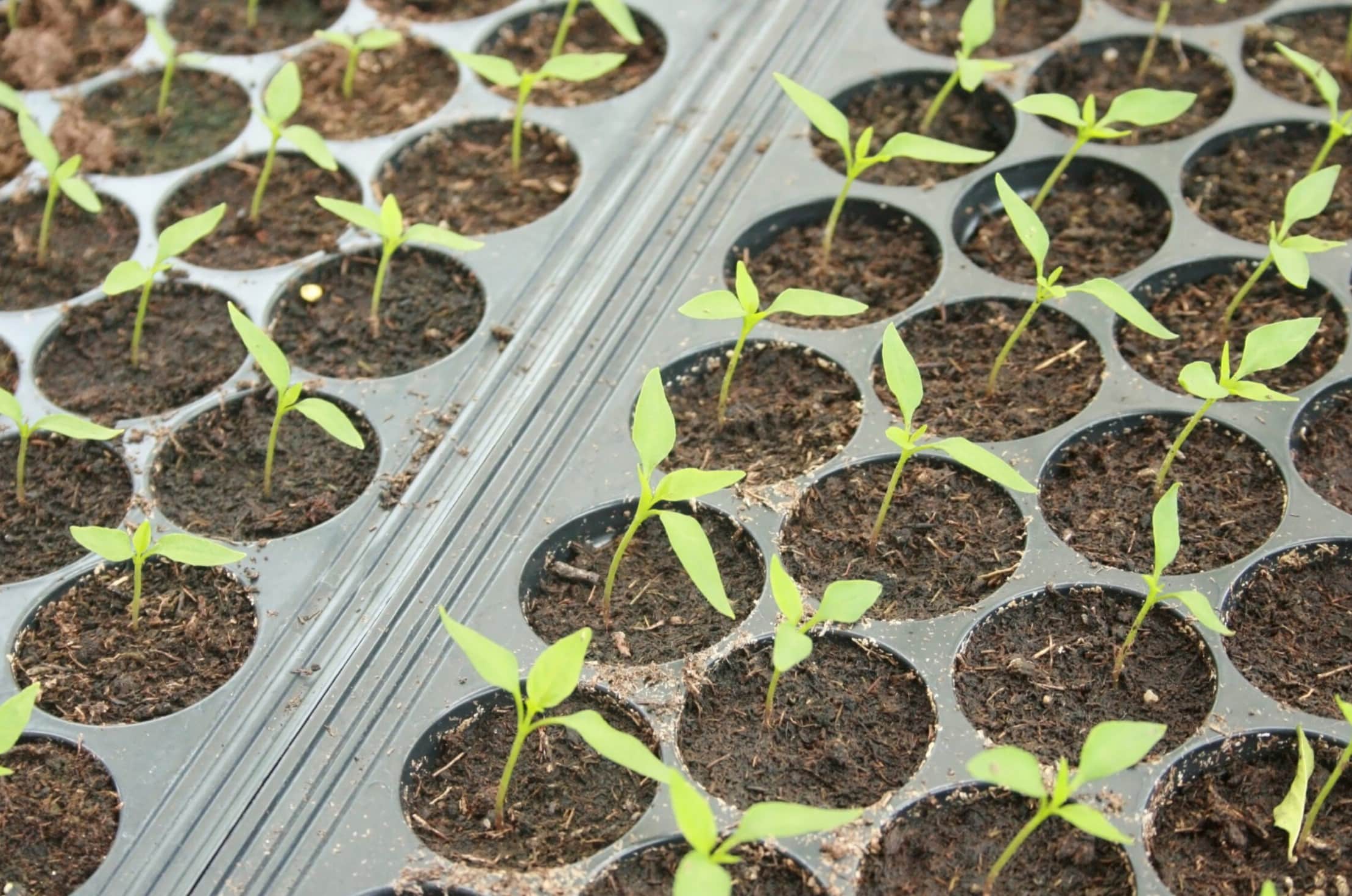
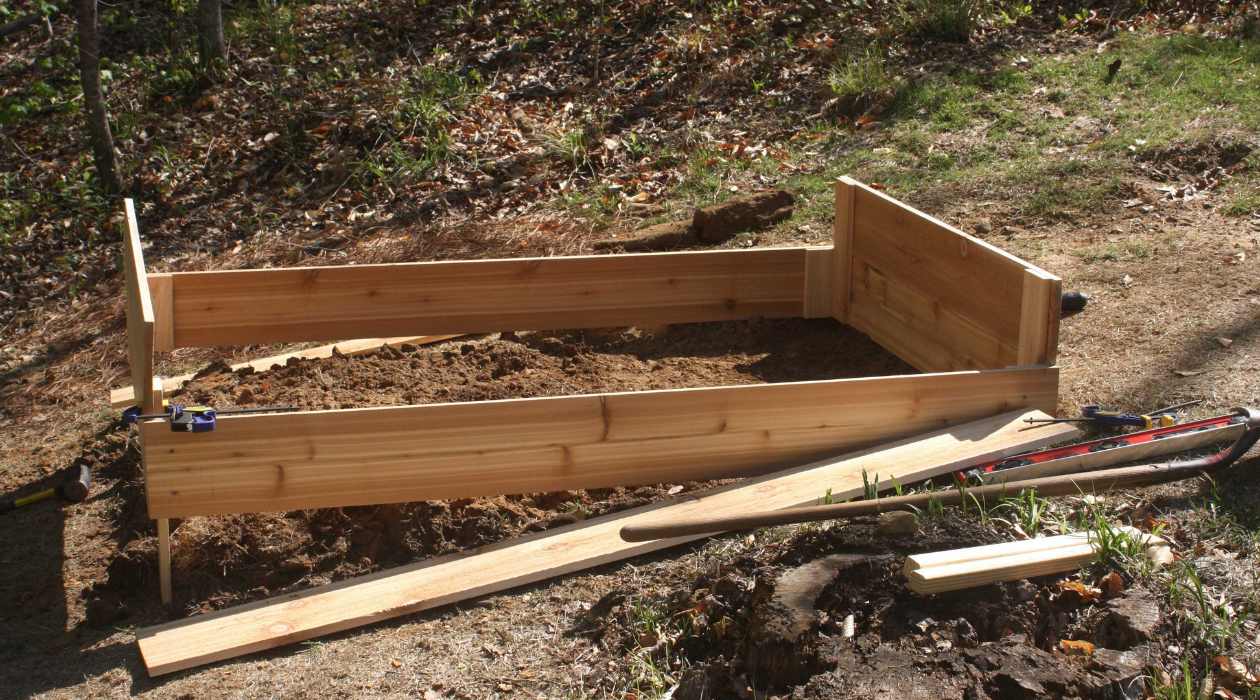
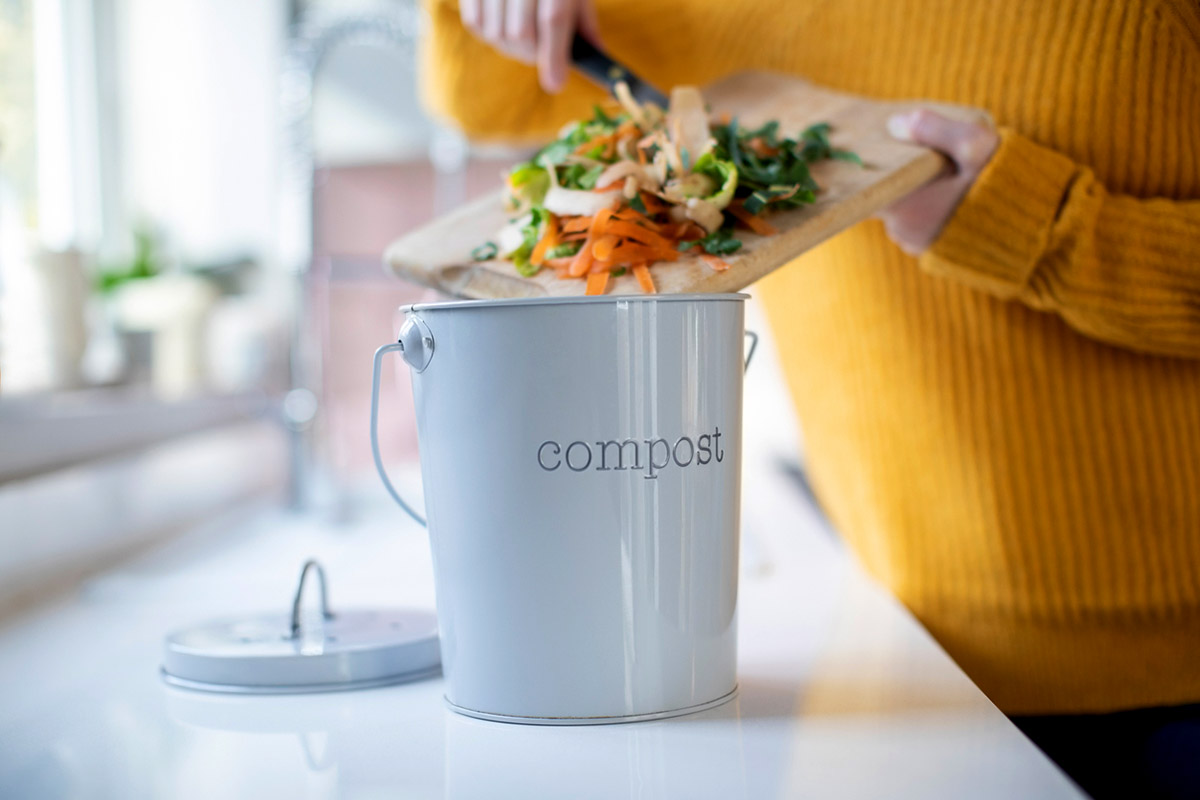
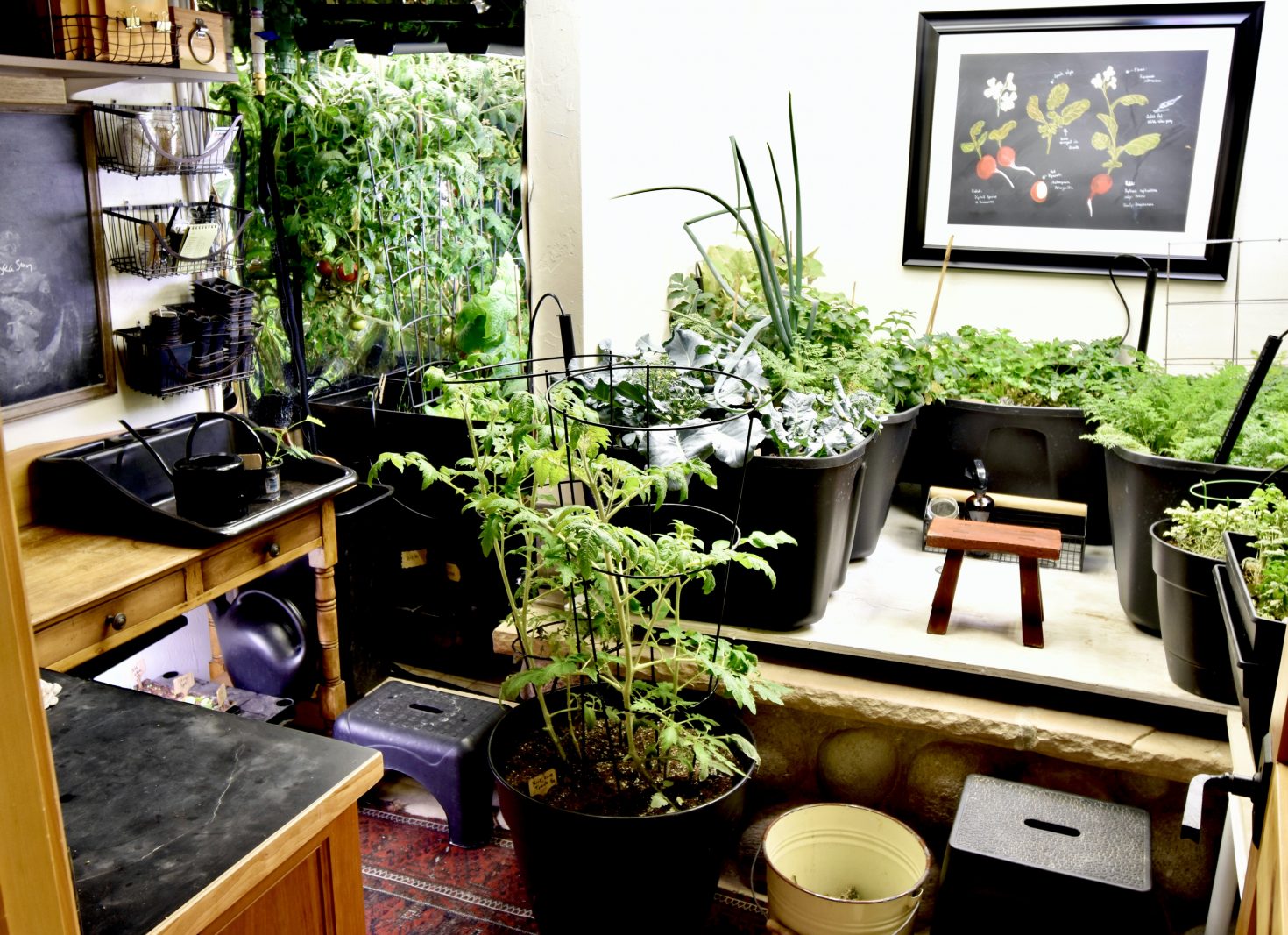


0 thoughts on “How To Start An Indoor Garden For Beginners”